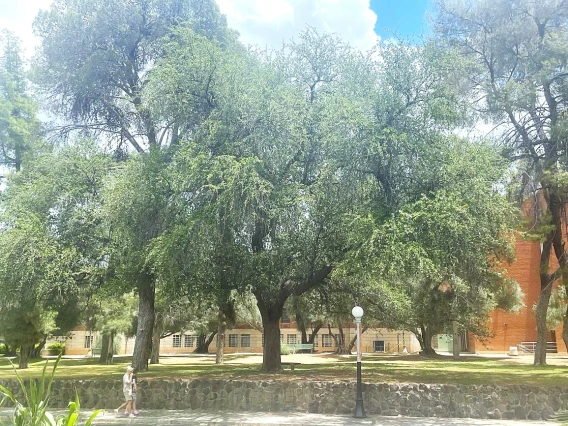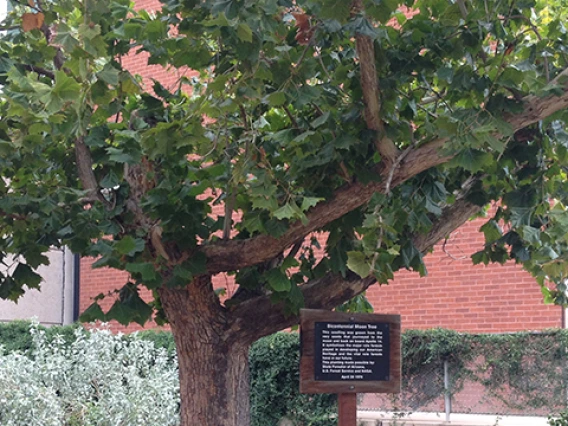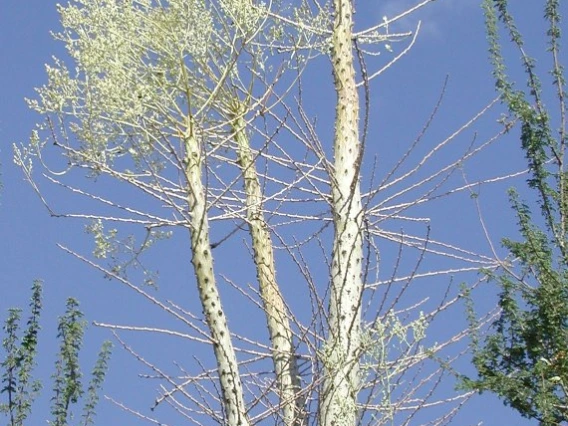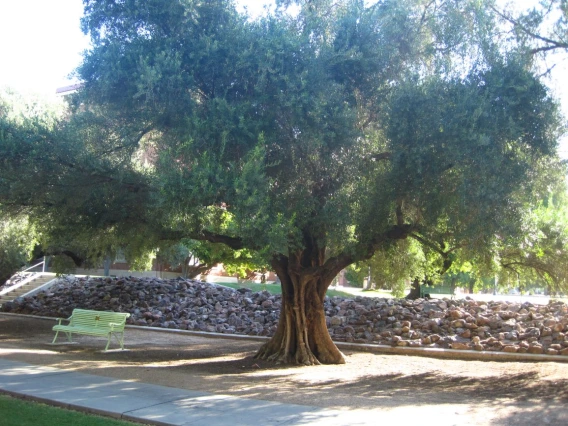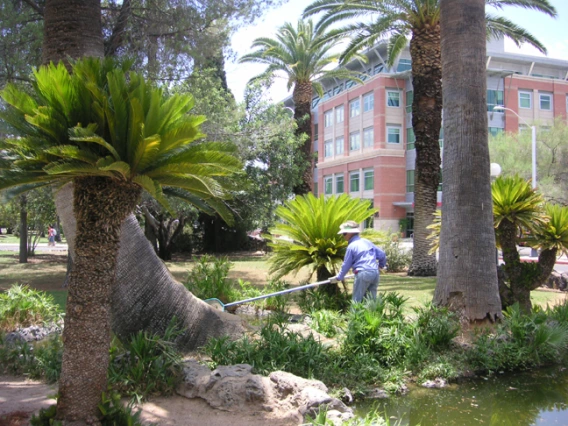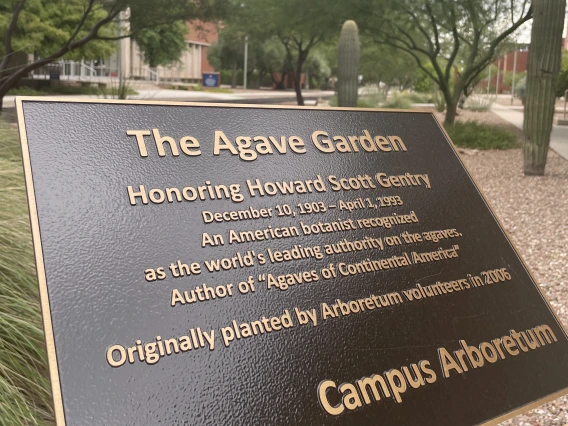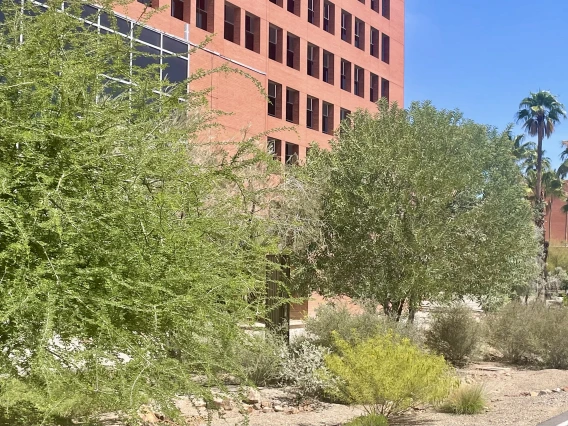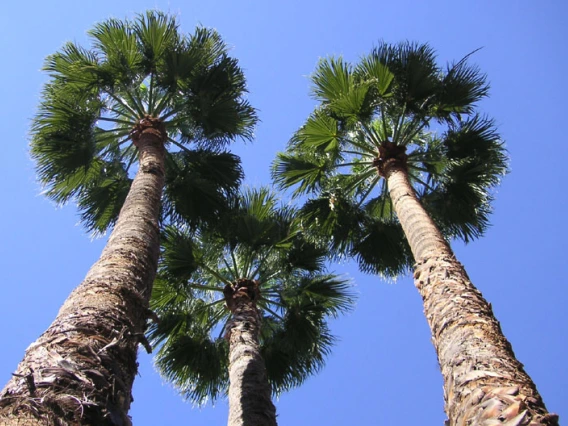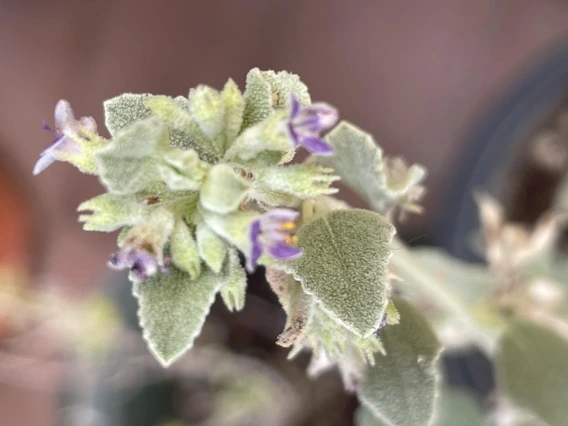While it might be argued that all trees are "special" (they are!), the University of Arizona Campus Arboretum has placed many trees into Special Collections. These trees, or groups of trees, mark especially monumental development efforts throughout the campus history that resulted in accelerated progress toward the creation of a culturally, educationally and historically useful, sustainable and inspiring campus landscape. These collections house the oldest and largest trees on campus, they confer particular value to the campus landscape and require a high level of horticultural care that merits special attention. These are the trees you will notice first when you visit campus and these are the trees with greatest contributions to the biodiversity and cultural significance of the landscape. You're invited to learn more here through the pages we've provided.
Special Collections
Each garden has a collections policy that defines the purpose of the plant displays. This collection purpose is tightly linked to the garden’s mission and informs collections efforts, investment and programming offered by the garden. Living collections feature planted spaces that embody the mission and serve the purposes of the garden. The "Special Collections" featured above on this page represent one or more of the 4 roles public gardens play. Read below to learn more about those roles.
The Roles of Public Gardens
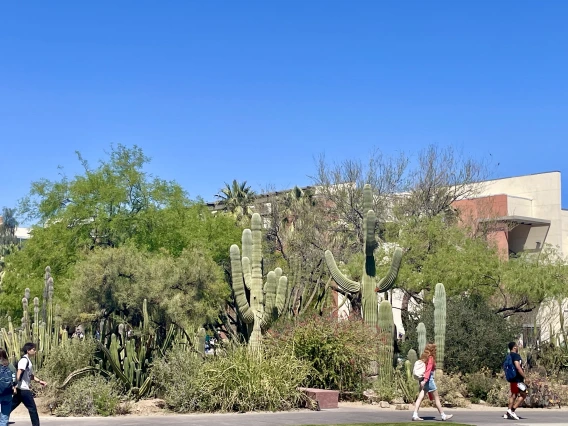
Plants in the garden feature a taxonomic group, promote an aesthetic, or serve as a means to demonstrate a science-based practice or new plant selections.
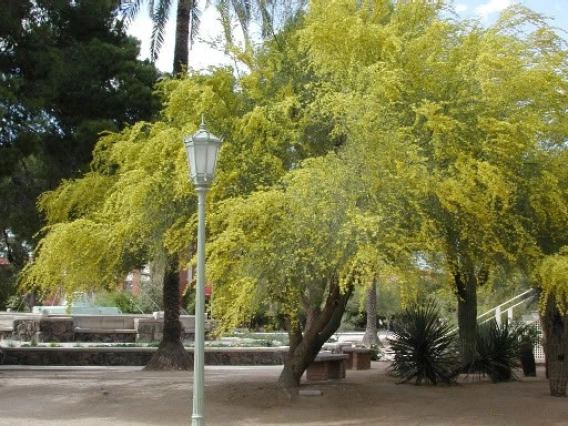
Garden house plants needing protection within their native site or away from their place of origin.
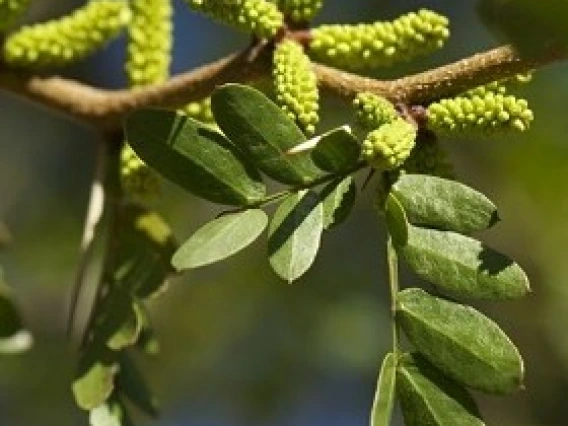
Gardens built to support formal-, continuing- or informal (outreach) education or internships or gardens built to support specific research being done by in-house or affiliated research institutions.
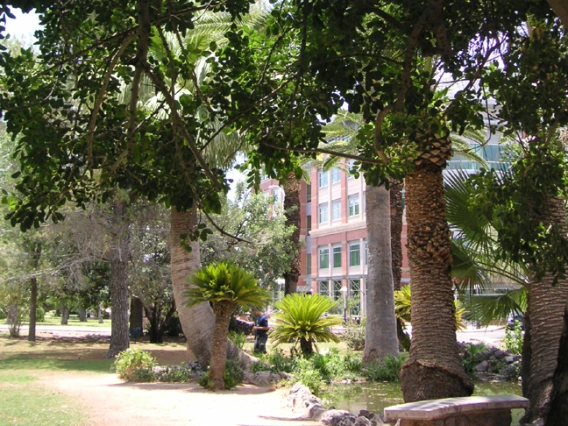
Gardens built to preserve greenspace with historical, cultural or artistic significance.


